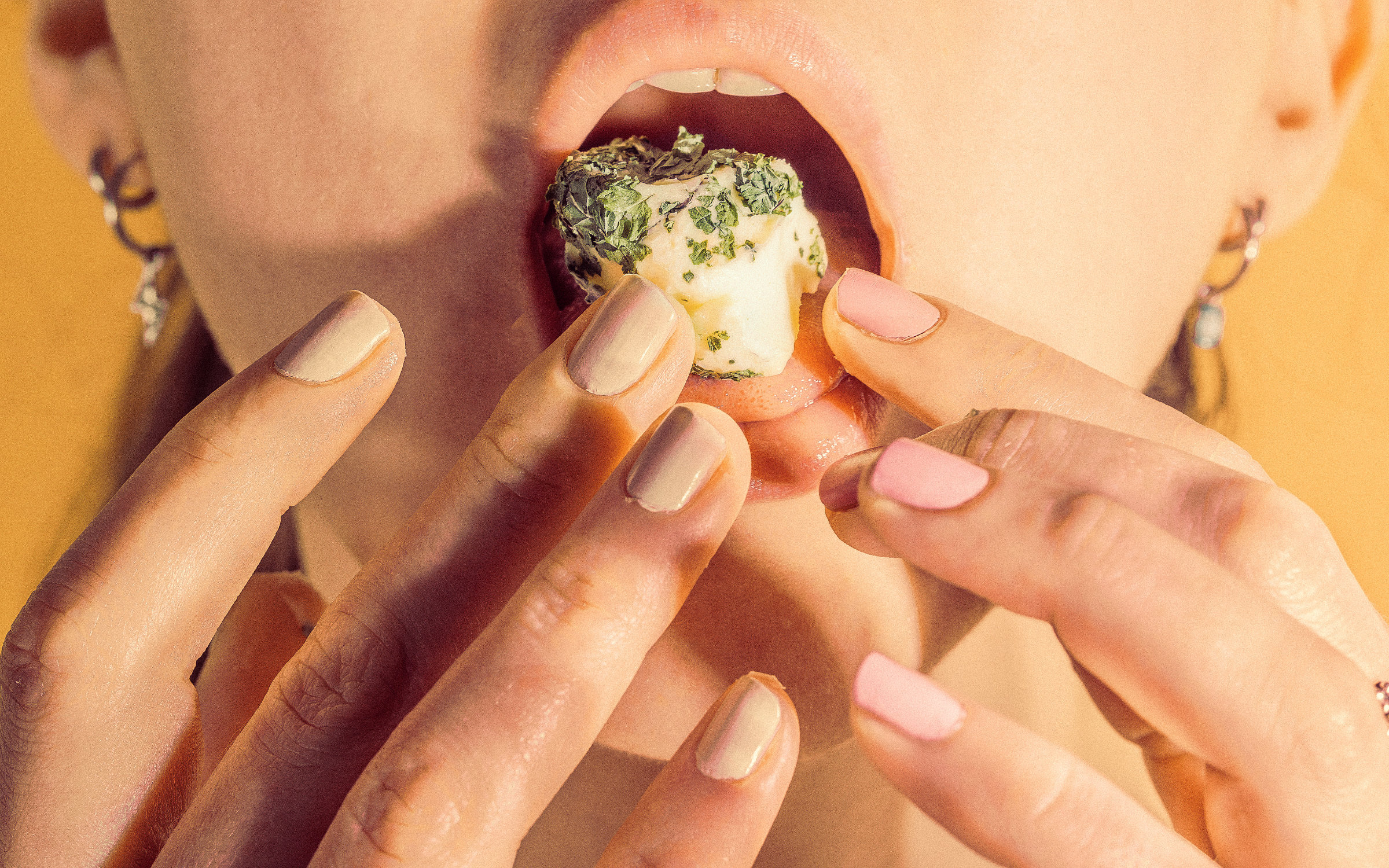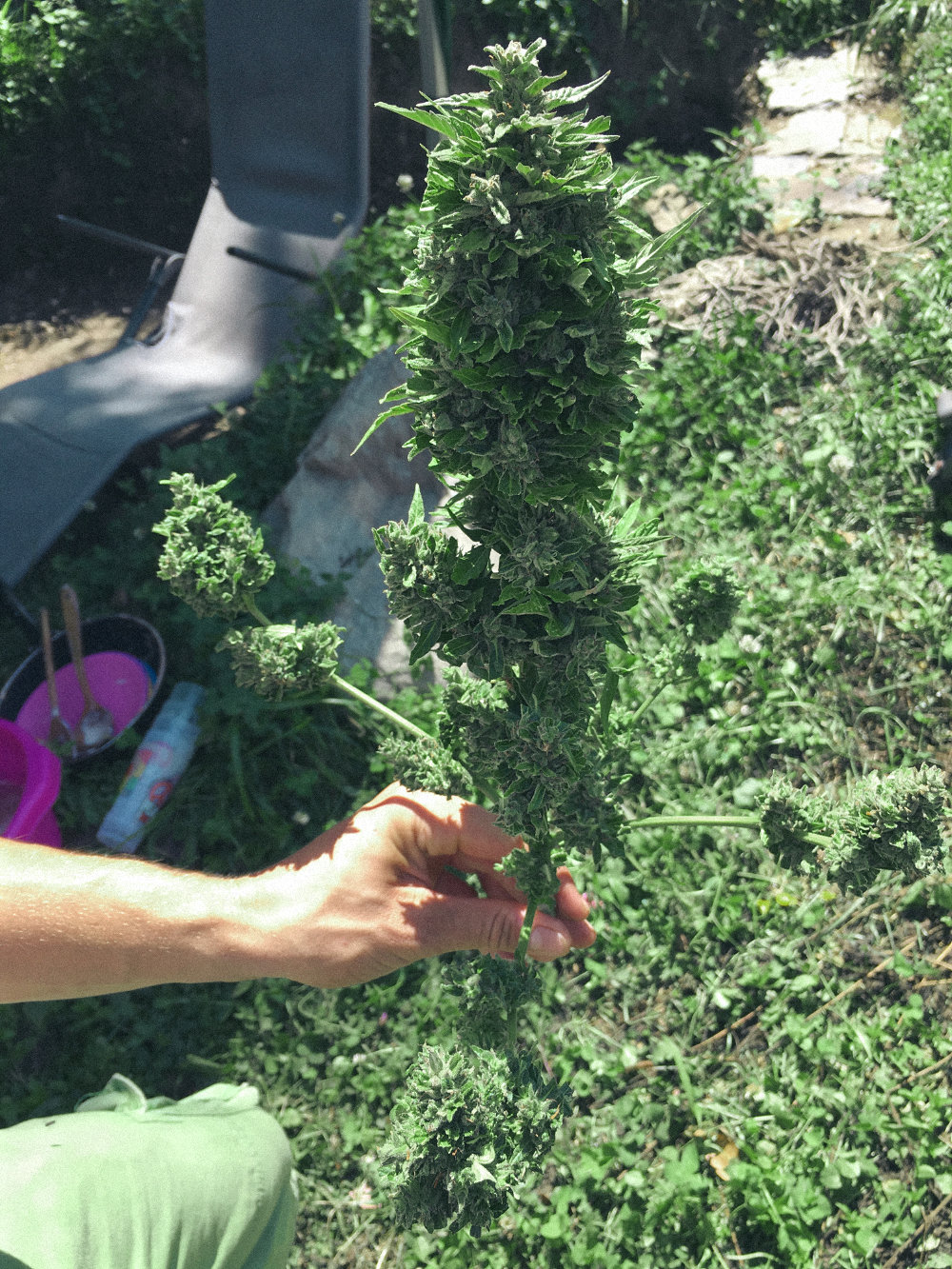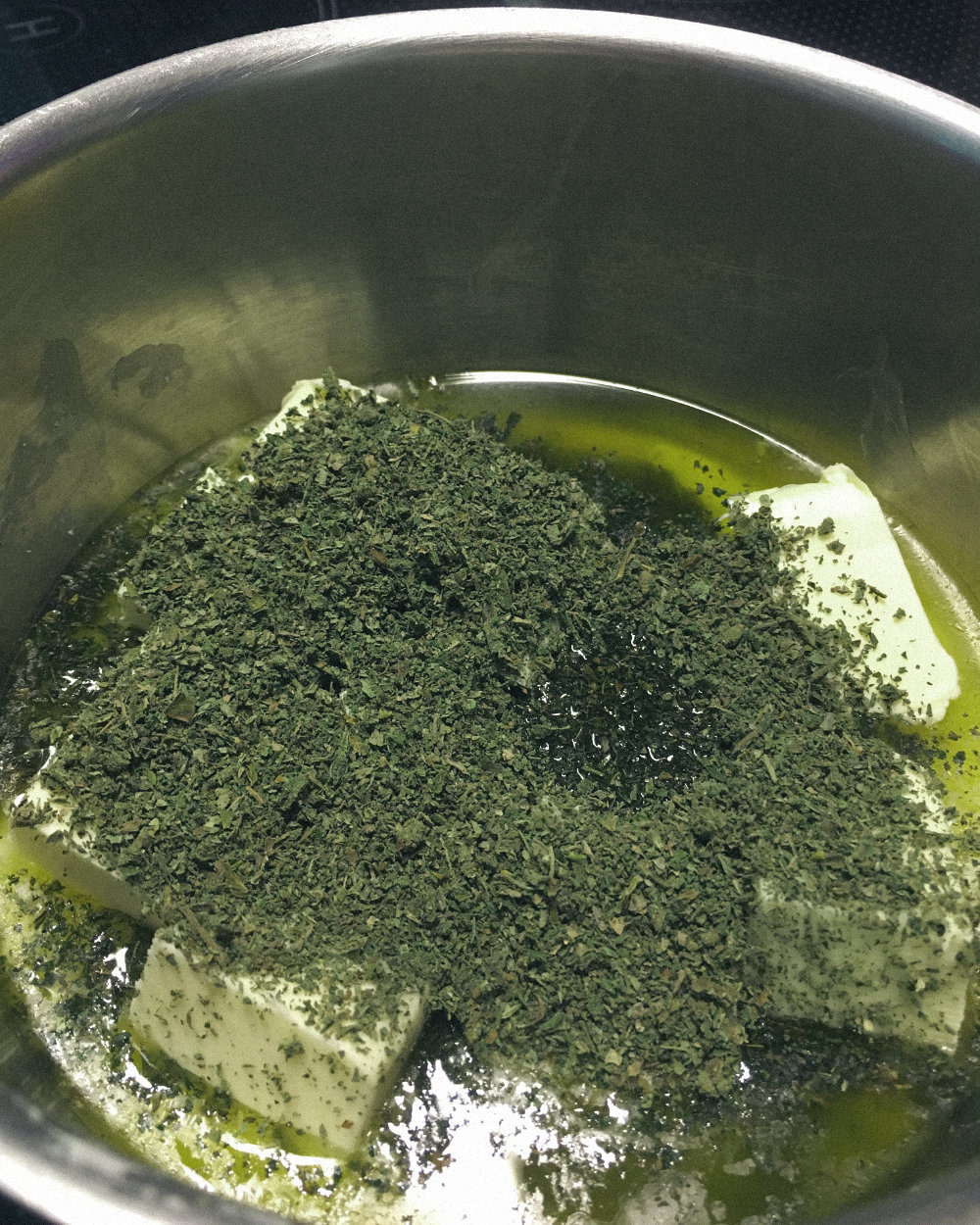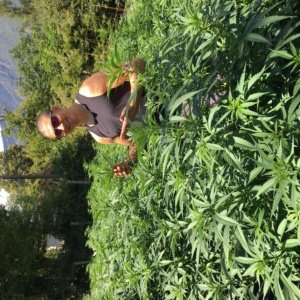The New Gastronome
The Next Episode
A Newbie’s Guide To CBD
by Philippe Kämpf
by Philippe Kämpf

Cannabidiol (CBD) is a non-psychoactive natural compound concentrated in the flower (especially in the resin) of cannabis plants. It’s a non-psychoactive compound found in cannabis plants. Unlike THC (tetrahydrocannabinol), the other prominent cannabinoid in cannabis, CBD doesn’t get you high or cause any euphoric feeling. However, it is only one out of a hundred phytocannabinoids that have therapeutic effects. Therefore, these two components of cannabis have been most studied by scientists.
As reported on www.projectcbd.org: Both CBD and THC have significant therapeutic attributes. But unlike THC, CBD does not make a person feel “stoned” or intoxicated. That’s because CBD and THC act in different ways on different receptors in the brain and body.
In History
Did you know that the cannabis plant is thought to be the first plant to be farmed during the birth of agriculture? And it’s not just a myth: archaeologists agree! CBD might seem like a modern trend, but it has been around for much longer. It has played a crucial role in the progress of early civilization by being used in many important areas of everyday life: It was used for clothing, religious ceremonies, and food. In addition, the cannabis plant has been used for self-medication for thousands of years. Its medical benefits were proven long before we knew anything about cannabinoids or the endocannabinoid system.
The first known use of CBD as a form of self-medication was in China, dating to 2737 BCE. Shen-Neng (the emperor) drank tea from which it was infused. The use of this plant for balancing purposes was documented in the Chinese Book of Documents written by the Shu King.
Now, back to our times, people’s opinions and experiences are essential, but it’s even better when there is scientific evidence of the beneficial effects of CBD. So let’s take a look at what science has found out about this magical plant.
A. D. V. E. R. T. I. S. I. N. G.
In Medicine
The more we learn about the importance of gut microbiota, the more we realize how important it is to keep it happy and healthy.
After all, in our gut live at least 1’000 different types of bacteria. This microbiota is a key player in human health: they’re involved in a lot of processes, from mood to metabolism. And as such, they also influence human diseases. For example, the gastrointestinal tract has been linked to cancer, Parkinson’s disease, Alzheimer’s disease, and more—not only obesity.

The endocannabinoid system, or ECS, is a fascinating part of our biology that’s just now beginning to be understood in the scientific community. The scientific community has yet to fully understand exactly how this works. Still, it seems very likely that plant cannabinoids (THC and CBD) may play a role in improving our microbiome health via the ECS. For example, one study from 2017 found that long-time cannabis consumers had less BMI but higher caloric intake than non-consumers. However, the diet was thought to play a role here as well—the research team did not make any definitive conclusions about whether consuming cannabis directly affected these things independently of diet.
On the website projectcbd.org, more exciting studies and reports on other topics related to CBD and health are worth a read. For a better general comprehension of the function of the microbiota in our gut, I suggest an interesting book: Giulia Enders: Gut: The Inside Story of Our Body’s Most Underrated Organ

In Kitchen
The most important thing to me is always being aware of what I’m putting into my body. That’s why I’m so excited to share my latest cooking adventure with you: super-ingredient CBD! My cooking adventure with this super ingredient started around 2018. During my last year of undergraduate at UNISG, my desk neighbor Pablo De Gottardi was working on a project: growing high-quality CBD weed in the most sustainable way possible. He later founded the Slow Weed company along with Noè Trautmann, which produces CBD with the permaculture technique and uses algae to pack its dried CBD flowers.

I’m a professional chef, and I live in Ticino, Switzerland. I’ve been working with food for about xx years, but it wasn’t until recently that I decided to try something new: cooking with CBD. I had heard about this incredible plant before, but I didn’t know much about it. So when my friend Pablo told me he had some dried flowers to sell, I asked him if I could get a sample to cook with it! He told me all about the many beneficial properties of CBD, and I was immediately sold on the idea of using it as my specialty ingredient. I never really knew how to manage the quantities of weed, but I felt straight away comfortable using it. I learned that if I didn’t decarboxylase the weed first, I had to use less of it in my gastronomic preparations because the bitter taste would become stronger. This can be done by placing the dried flowers in a paper bag and then baking them at 115 °C for about 25 minutes. The process activates the cannabinoids and reduces the bitter taste.
Since my childhood, I have always loved sports. I played ice hockey and tennis, used to ski a lot in winter, did skateboarding, and for 16 years, I practiced Thai boxing. As the training gets harder and nobody is getting any younger, overall pain increases, especially in joints, and the recovery takes more time. As soon as I tried CBD concentrated in oil extracts and food, I felt much better! Its anti-inflammatory properties helped me a lot. I thought it would be a great idea to bake recovery cookies for my friend at the gym. It helped quite a few people recover from training and competitions, and the word spread. Now even people with insomnia ask me for my magic gastronomy, and I am more than happy to hear that they sleep better and generally feel more relaxed!
Unfortunately, there is still a limitation due to the legislation that regulates the use of CBD for edible purposes, as it is considered a novel food*.
A. D V. E. R. T. I. S. I. N. G
As reported on www.efsa.europa.eu/en/efsajournal/pub/7322
The European Commission has determined that cannabidiol (CBD) can be considered as a novel food (NF), and currently, 19 applications are under assessment at EFSA. While assessing these, it has become clear that there are knowledge gaps that need to be addressed before a conclusion on the safety of CBD can be reached. (…) The effect of CBD on liver, gastrointestinal tract, endocrine system, nervous system and on psychological function needs to be clarified. Studies in animals show significant reproductive toxicity, and the extent to which this occurs in humans generally and in women of child bearing age specifically needs to be assessed. Considering the significant uncertainties and data gaps, the Panel concludes that the safety of CBD as a NF cannot currently be established.
In other words, it will take some more time until it is legal to open a CBD bakery or restaurant.
*Novel foods are foods, food ingredients, and food production methods that have not been used before 1997 for human consumption to a significant degree within the European Community.sciencedirect.com
Here is a CBD focaccia recipe for those ready to experiment with CBD!

Ingredients
Procedure
For the CBD oil, grind the Weed and mix it with 80 ml oil in a little pan; heat it at the lowest intensity for 45 min turning it a couple of times with a wooden spoon (avoid boiling the oil!)
For the focaccia recipe, mix 60 g (of the 300-330 g) of water (if you use whole flour, the quantity of water you’ll need will be more) and the crumbled yeast. The next step will be mixing the flour with the water and yeast. Once the flour well absorbs the water, put in the salt and continue mixing it with the rest. Remix all with the CBD oil (it has to be at room temperature) until you have a smooth, yielding dough. Place it in a large bowl, cover it with plastic wrap and let it rise for 30-40 minutes at room temperature (the volume should double). Then roll out the dough in a baking pan (ø 30 cm) greased with oil, cover it with foil and let it rise for another 30 minutes. Finally, prepare an emulsion with 40 g oil and 20 g water and brush it on the focaccia, then prick the surface with your fingertips. Let it rise for another 10 minutes. Next, bake it in the oven at 200 °C for about 30 minutes.
The opinions expressed in the articles of this magazine do not necessarily represent the views of The New Gastronome and The University of Gastronomic Sciences of Pollenzo.
Header photo ©Aarón Gómez Figueroa.
